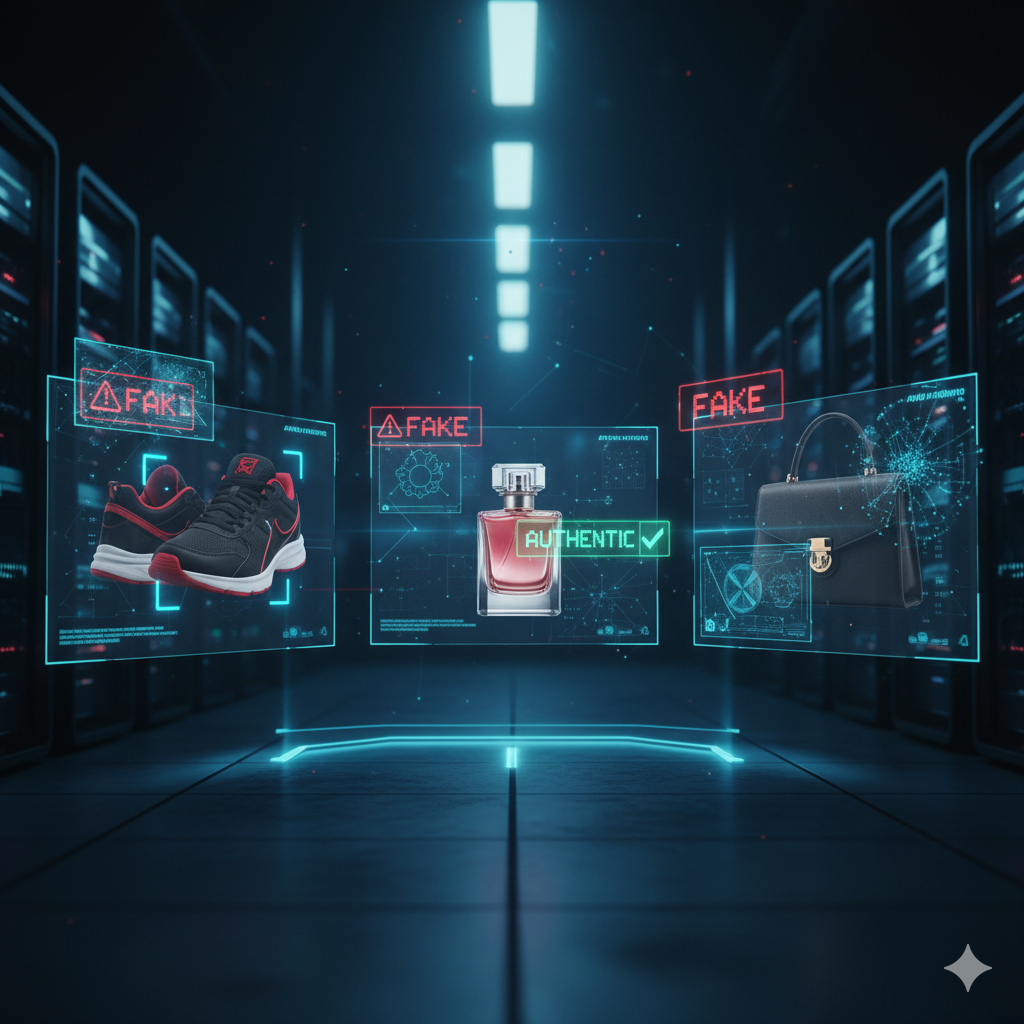Trends as a New Risk Signal
Social media-driven virality no longer only signals popularity — it signals vulnerability.
When a product goes viral, counterfeiters interpret it as a business opportunity.
In today’s markets, being trendy often means being copied.
This pattern now affects every consumer segment — from fashion and collectibles to personal care and tech accessories.
Trends spread faster than supply chains, and faster than most enforcement systems can respond.
Labubu: From Collectible Craze to Counterfeit Phenomenon
Created by Hong Kong–based Pop Mart, Labubu evolved from an art collectible into a cultural phenomenon by late 2024.
Within weeks, #Labubu trended across TikTok and Instagram, driving massive demand in Asia and beyond.
But this popularity also triggered a rapid counterfeit wave:
- Just 10 days after the official launch, fake Labubu toys appeared on online marketplaces [1].
- Counterfeits were priced around 40% cheaper than authentic versions.
- Sellers marketed them as “budget Labubu” or “authentic look-alikes”, blurring the line between imitation and originality [1][2].
The Labubu case illustrates how emotional connection — not just product design — is being replicated and monetized by counterfeiters.
The Data-Driven Shift in Counterfeiting
Traditional counterfeiting relied on manufacturing and logistics.
Today it relies on data, algorithms, and attention.
Counterfeiters track hashtags, social-media engagement, and keyword trends to predict demand before legitimate brands can react.
Counterfake’s 2025 Q3 data highlights this acceleration:
- Trend-related counterfeit listings grow by 180% within the first 15 days.
- Over 60% originate from social or short-video platforms.
- More than 80% reuse original brand imagery.
This marks the rise of algorithmic counterfeiting — a system where visibility itself fuels illicit replication.
The Mechanisms That Accelerate Counterfeiting
- Short Supply Cycles: Small producers can replicate designs within days.
- Algorithmic Exposure: Viral hashtags make fake listings discoverable.
- Cultural Legitimization: The term “dupe” is now seen as a clever alternative, not a fraud [1][2].
- Platform Lag: Content moderation systems can’t match viral velocity.
Together, these elements create a reaction chain: trend → demand → copy → platform saturation.
Shifting Consumer Attitudes
Counterfeiting has evolved into a cultural behavior.
Among Gen Z consumers, dupe culture often represents an intentional lifestyle choice [1][3].
The counterfeit is seen not as deception, but as an affordable way to join the trend.
For brands, this demands a communication reset — moving from legal defense to value storytelling.
Educating consumers on authenticity and sustainability becomes as critical as enforcement.
Proactive Trend Monitoring and Early-Signal Analysis
Modern brand protection is no longer reactive; it’s predictive.
Data-driven monitoring systems can flag potential threats before they scale:
- Social-trend analytics identify emerging viral items.
- Visual similarity models detect reused imagery.
- Price anomaly tracking highlights suspicious sellers.
- Domain surveillance spots infringing URLs before launch.
These approaches combine enforcement with insight — protecting brands while decoding market behavior.
Trend = Threat + Opportunity
Labubu’s trajectory shows that counterfeiting is no longer just an infringement — it’s a race of data and speed.
For every viral success, there’s now an associated counterfeit surge.
The key for brands is not to fight virality, but to anticipate its consequences.
By building early-signal detection and trend intelligence, companies can stay agile in a world where visibility and vulnerability are intertwined.





